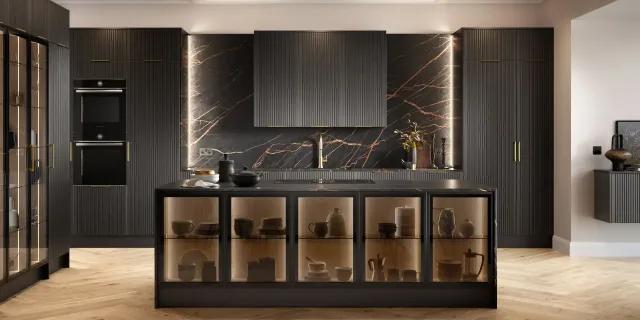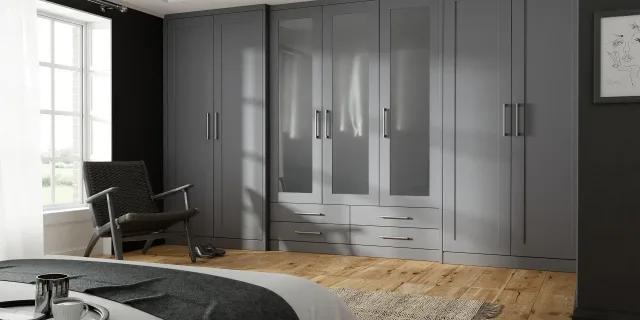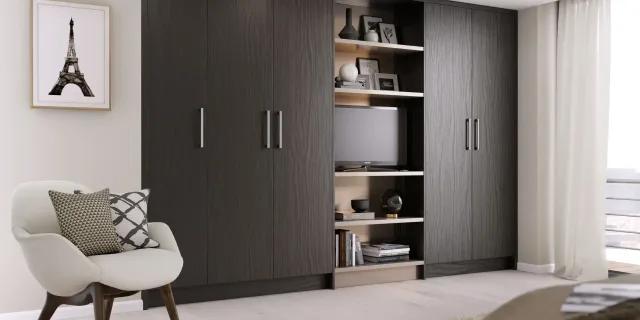In recent years, the trend towards sustainable living has sky-rocketed, impacting all aspects of our daily lives, including the way we design our homes and workspaces. As a result, recycled furniture has become a go-to solution for those looking to make interior style eco-friendly, and in this article, we will be exploring it in greater detail.
Types of materials used in recycled furniture
Recycled furniture is built from various repurposed materials, each bringing its own unique charm and benefits. Here are some of the most commonly used materials:
- Reclaimed wood: Reclaimed wood is sourced from old buildings, barns and even old furniture! This material is highly valued for its durability and unique patina, and reclaimed wood furniture often features a rustic and vintage appeal for this reason.
- Recycled plastic: Recycled plastic is another versatile material used in furniture making. Plastic waste, such as bottles and packaging, is processed and transformed into sturdy furniture pieces. Recycled plastic furniture is available in a wide variety of designs and colours, making it a popular choice for professional and educational settings.
- Upcycled metal: Old metal items, such as industrial equipment, pipes and scrap metal, can be upcycled into functional or even artistic furniture. This sort of metal furniture often boasts an industrial or modern aesthetic.
- Textile waste: Textile waste from the fashion and manufacturing industries, including leftover fabric and old clothing, is often repurposed into upholstery for recycled furniture. Using these materials reduces waste while adding a unique touch to furniture designs.
Environmental benefits of recycled furniture
OK, so now we’ve covered what goes into crafting recycled furniture – how exactly is it benefiting the environment? Let’s take a look.
- Waste reduction: This is the big one. By repurposing discarded materials, recycled furniture helps reduce the amount of waste that ends up in landfills.
- Conservation of resources: Using recycled materials conserves natural resources, such as wood, metal and plastic, which are often harvested or produced at a high environmental cost.
- Lower carbon footprint: The production of recycled furniture typically requires less energy than manufacturing new products from raw materials, which translates to a lower carbon footprint.
- Promotion of sustainable practices: Choosing recycled furniture encourages sustainable practices within the furniture industry and beyond by inspiring consumers to make more eco-friendly choices.

Is recycled furniture the future?
We’ve established that recycled furniture is good for the planet, but is it good for us, the consumers? Let’s see:
- Uniqueness: Recycled furniture offers a level of uniqueness that mass-produced just can’t match. Each piece often carries its history and character, making it that bit more personal and distinctive.
- Adaptability: Recycled materials can be transformed into a wide range of furniture styles, from rustic and vintage to sleek and modern, depending on what you’re into.
- Economic benefits: In many cases, recycled furniture can be more cost-effective than brand-new items. This affordability makes sustainable living more accessible to a broader audience, encouraging more people to choose eco-friendly options for their homes – which is extremely important!
- Increased awareness: As awareness of environmental issues continues to grow, so does the demand for sustainable products. Recycled furniture is growing in popularity, and we don’t see it stopping any time soon.
Complete Fitted Furniture is one of London’s leading fitted furniture suppliers, so you can be sure we know a thing or two about eco-friendly furniture. For more information about the work we do, give us a call today.















